Research: The brown bear is one of the most well-studied carnivores in the world, based on the number of scientific papers published. It is the most well-studied species of bear, with a long and rich history, involving increasingly sophisticated techniques. In the 1960s, bear researchers in Yellowstone National Park pioneered the use of live capture, chemical immobilization, and radio telemetry of brown bears. For many decades, researchers used VHF radio-collars on bears and located them via airplane or by triangulation from the ground. Now, collars acquire GPS locations and transmit the data via satellites back to researchers. Such monitoring of individual bears has provided a wealth of biological and ecological data on this species.
In the 1990s, the use of remotely-sampled DNA (from hair traps) as a means of estimating population size was pioneered on brown bears in Canada. This technique has since spread globally, and is now used not just for population estimation, but also to study population isolation and connectivity, genetic diversity, dispersal, and reproductive patterns via pedigree analyses.
After decades of research, primarily in North America and Europe, we know a great deal about general brown bear behavior and ecology, but knowledge gaps remain, particularly in Asia where radio-telemetry and DNA sampling have been employed in few areas. Research done in Russia is not readily available to scientists elsewhere.
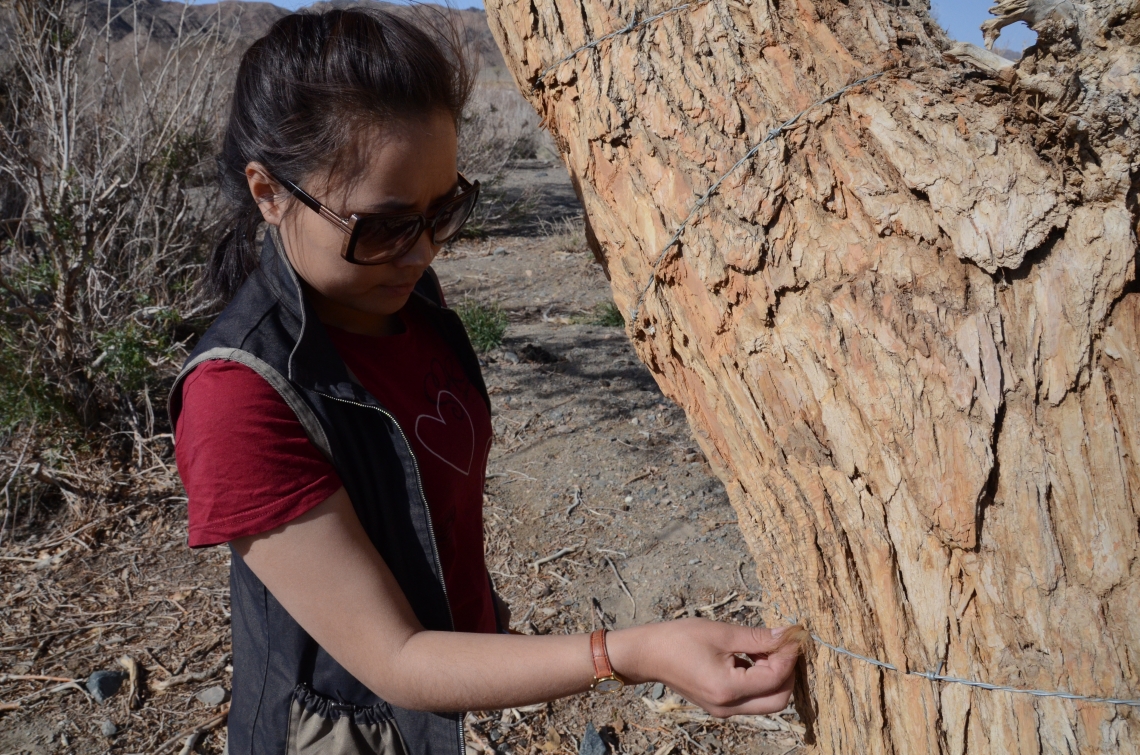
Brown bear_U arctos_Gobi Desert Mongolia_collecting hairs for a population estimate_M Proctor
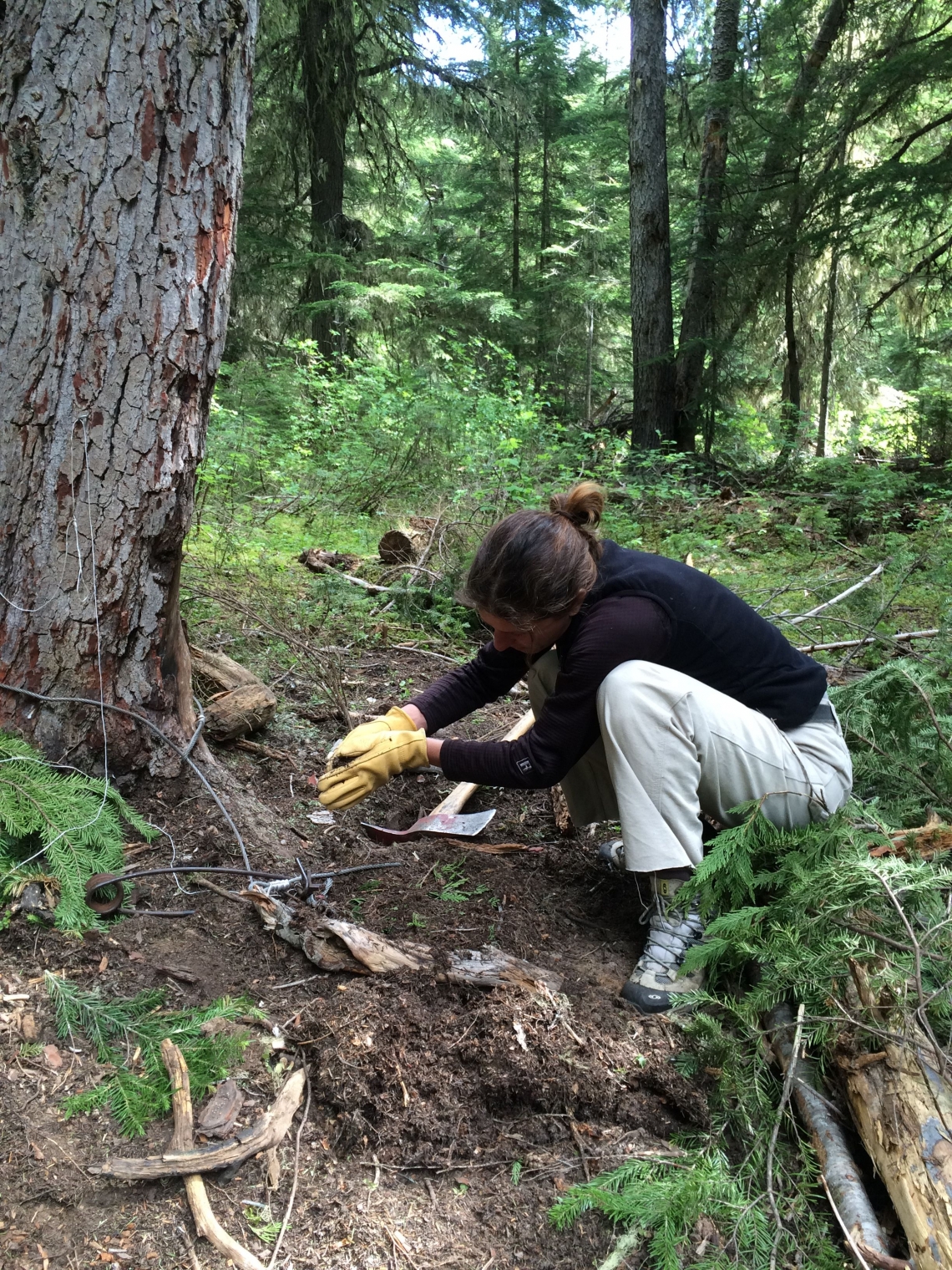
Brown bear_U arctos_Southern British Columbia Canada_ setting foot snare for radio collaring_M Proctor

Brown bear_U arctos_Southern British Columbia Canada_radio collaring an immobilized bear_M Proctor
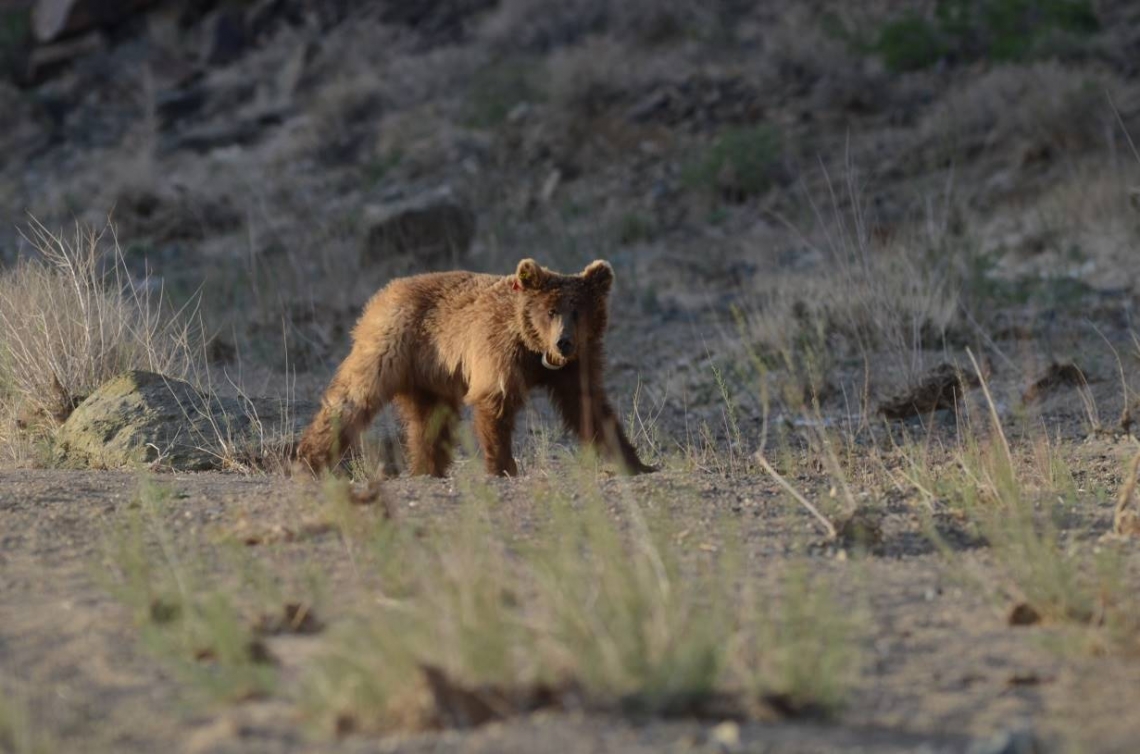
Brown bear_U arctos_Gobi desert Mongolia_small bear with new radio collar_M Proctor

Brown bear_U arctos_Pakistan_recording GPS point_S Hameed

Brown bear_U arctos_Qinghai China_interview survey on human-bear conflicts_D Garshelis
Conservation actions: Although brown bears are still limited to a small proportion of their historic range in the U.S. south of Canada (i.e., the lower 48, where they were nearly extirpated), they have made a significant comeback through an extensive and organized conservation effort guided by the U.S. Endangered Species Act, under which they have been protected since 1975. That program has succeeded largely from the integration of government decision-makers with research scientists, combined with a strong population monitoring program to assess the effectiveness of conservation strategies. A key strategy has focused on reducing human–bear conflicts by securing bear attractants and applying non-lethal methods of altering bear behavior. Teaching people how to behave safely, use bear spray if necessary, and employ proper food storage in backcountry areas has reduced human-caused bear mortality. Also, motorized access into some backcountry areas has been limited by closing roads.
In southern Canada, northwestern U.S., and parts of Europe, efforts have been underway to connect small bear populations that were fragmented by human settlements, road networks, and historic mortality. The goal is to enable bears from small, isolated populations to become reconnected to a larger population, thereby lessening the extinction risk of small populations.
In the European Union, bear populations are managed under the goals and efforts outlined within a central conservation document, the Habitat Directive, designed for sustainability and recovery. These efforts and others have been successful across many areas of Europe in resisting extirpation of some remnant populations and increasing numbers of several larger populations. One notable example is in northern Italy, where re-introduction coupled with extensive education and attractant management has resulted in an increasing population. EU countries survey and report the status of brown bears (and many other species) every 6 years. The expectations are that the distribution range and the population numbers grow or remain the same. If this is not the case, a detailed justification is to be made which may lead to penalties applied to the country of concern. Additional binding regulations are the Bern Convention, as well as the CITES permits system that can block the export of bears or their parts if taken unsustainably and violating regulations. While many populations in Europe are stable or increasing, several small populations still remain at high conservation risk, often exacerbated by challenging local attitudes related to conflicts (e.g., Pyrenees in Spain-France, Abruzzo in Italy).
The small isolated populations across southern Asia would benefit from more conservation action. In the most extreme case, at least one bear was reported (based on verified tracks, a video, and one unclear photo) on the border between Syria and Lebanon during 2004–2016, after an absence of more than 40 years. It is unclear where the bear(s) came from. The sightings prompted more attention to bears in some Syrian schools, but no official government actions.
Turkey has six distinct populations, all threatened. Some progress is being made to reduce conflicts through securing attractants (such as beehives or orchards), thereby reducing illegal retaliatory killing, and enabling range expansion in several areas.
A particularly notable example of successful brown bear conservation in Asia is Pakistan’s Deosai National Park. Community-based conservation resulted in increased tolerance, reduced illegal hunting, and documented increases for this brown bear population, which has one of the lowest known reproductive rates of any population due to the marginal food base. Another prime example is the isolated population of less than 40 brown bears in the Gobi desert of southern Mongolia. A long-term research effort has greatly increased the profile of and conservation concern for this so-called Gobi bear. Being so small and completely isolated, the long-term future of this population is not yet assured, but substantial conservation efforts and associated monitoring of population changes greatly increase the chances of success.
In other areas of Asia with larger brown bear populations, notably, Hokkaido, Japan, or Kamchatka, Russia, brown bears are doing well, although they are not without stressors. Cultural tolerance as well as an abundance of food resources have enabled these bears to sustain limited hunting.
Throughout the wide range of this species, there is a direct link between active research and active conservation. Most brown bears do not live in protected areas, so conservation efforts often focus on managing people who live near bears. Successful brown bear conservation may lead to growing populations and more human–bear conflicts, a result that conservationists must anticipate. The more reliable information that is gained about bears, and about people living with bears, the more effective the strategies for ensuring long-term population viability.
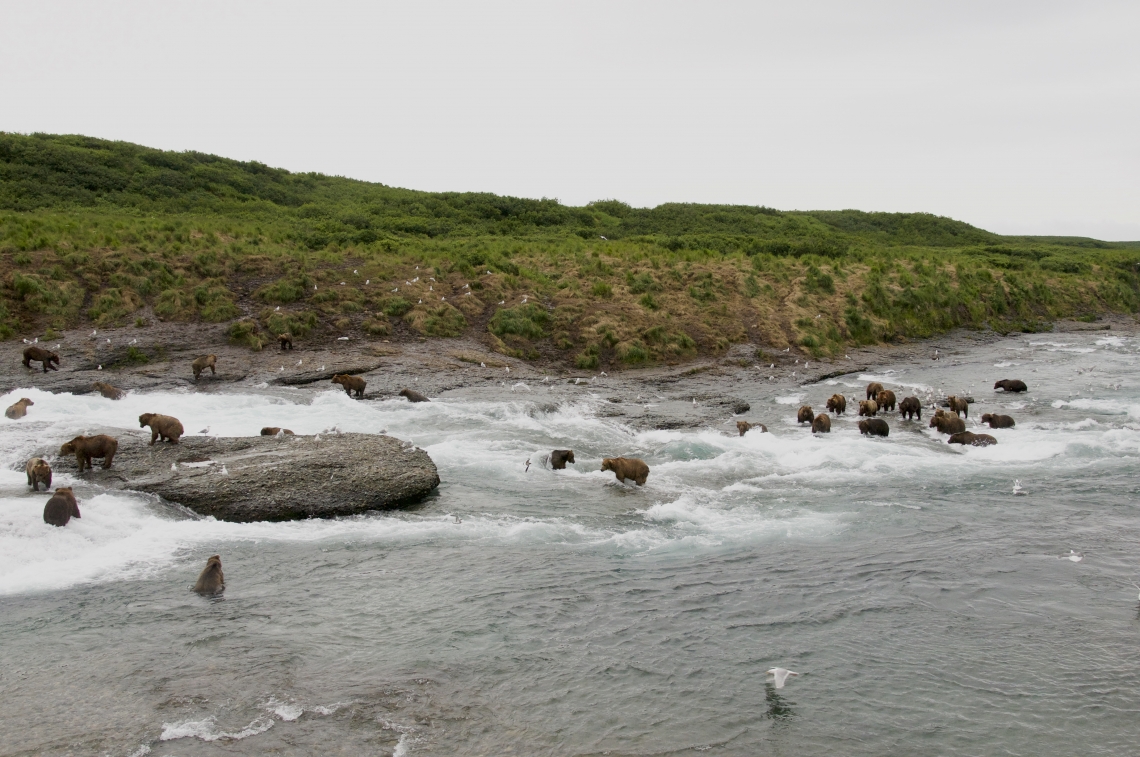
Brown bear_U arctos_McNeil River Falls Katmai Peninsula Alaska_salmon fishing at productive salmon spawning river_J Hechtal

Brown bear _U arctos_Karelia, Finland_viewing area behind hide at artificial feeding site_V Penteriani
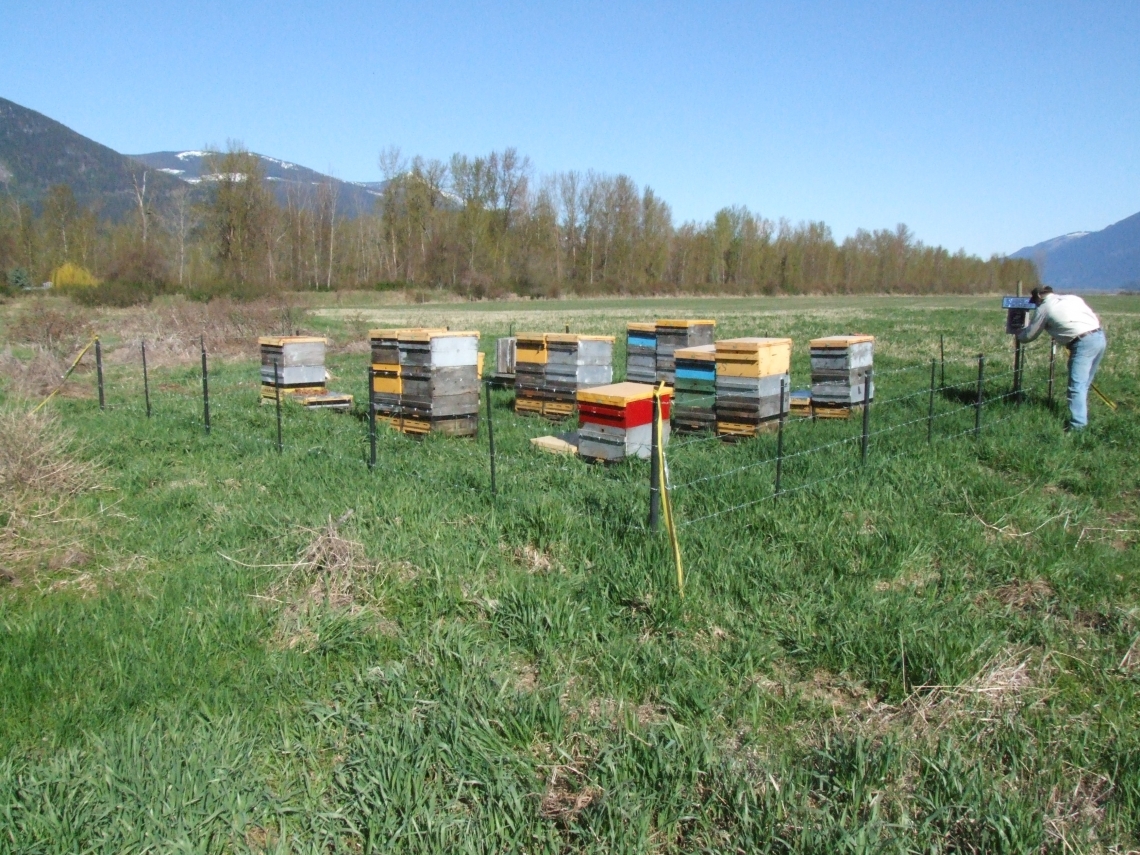
Brown bear_U arctos_Southern British Columbia Canada_electric fencing to repel bears from commercial bee hives_M Proctor
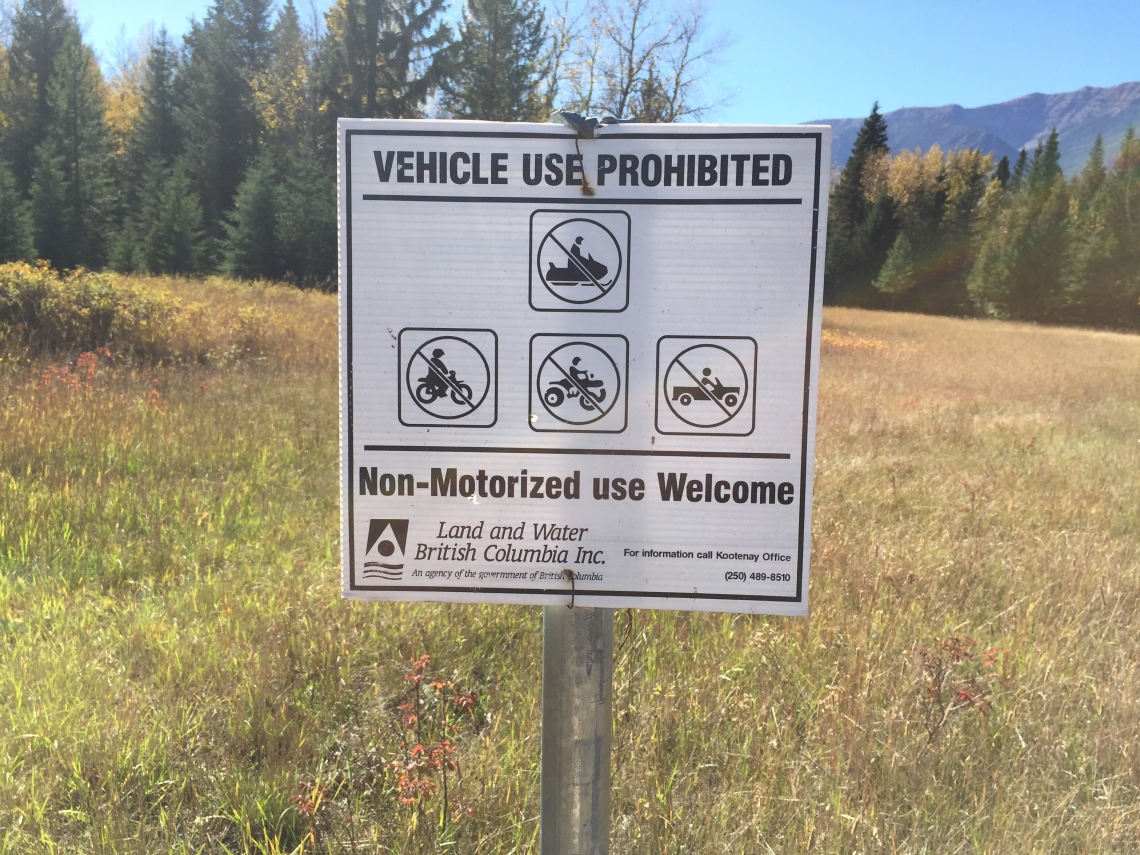
Brown bear_U arctos_British Columbia Canada_access management sign limiting motorized access into good bear habitat_M Proctor
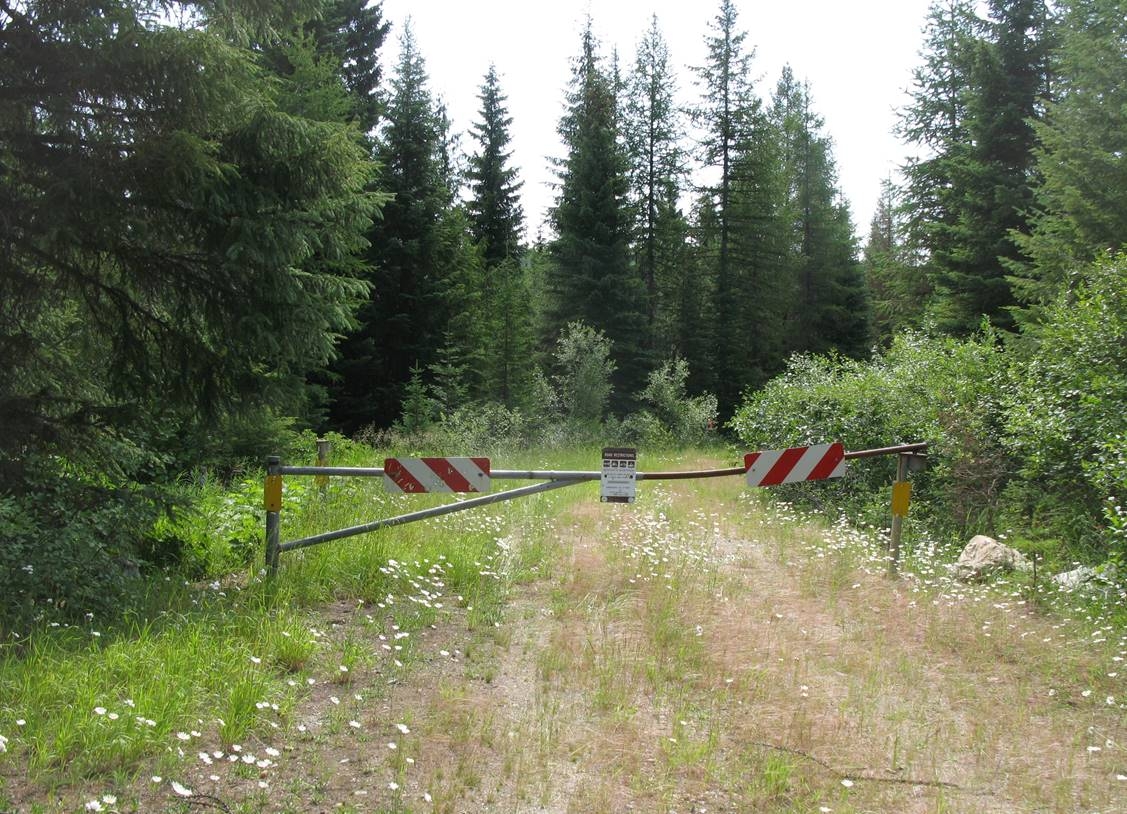
Brown bear_U arctos_Montana USA_forestry road closure to provide habitat security_M Proctor

Brown bear_U arctos_British Columbia_Conservation Officer teaching use of bear spray to repel bear encounters_M Proctor
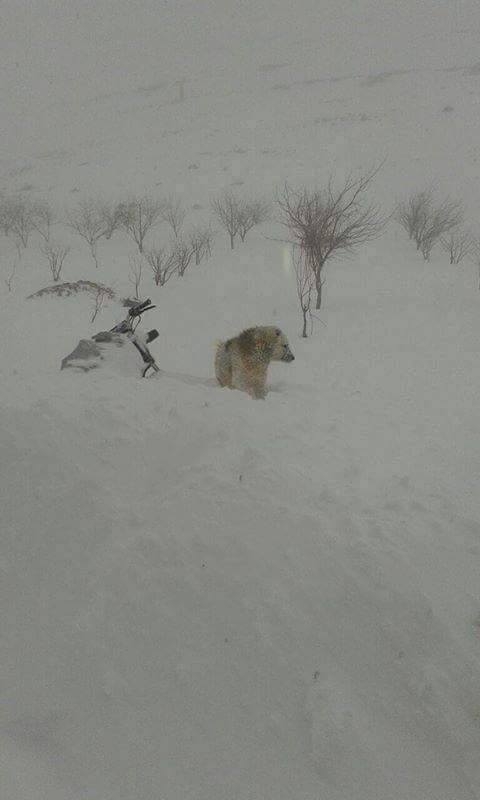
Brown bear_U arctos_Syria near Lebanon border_uncertain bear, near bear tracks found 4 years before_cellphone photo taken by local person posted on Facebook